I’m interested in the systems thinking | complexity | cybernetics field because I’m always looking for ‘the simplicity on the other side of complexity’.

What’s simple for one person, of course, is complex for another. So there’s no ‘golden bullet’.
But there are some things that are elegant, that can be held easily in the head and generate adaptive, dynamic responses to a lot of different contexts. Surprisingly many of them come down to simple boxes on a page.
For example, ‘ways in to partnership’ gives a nice simple guide to assess whether your joint working has a chance. It’s easy to see which column you’re in, and which you should be in. And, much more than that, if you can spend most time in the middle box, all manner of issues (governance, pooling resources, share of outcomes, clashes of leaders) stand a chance of being resolved. So it’s a simple tool, that potentially enables a lot of progress.
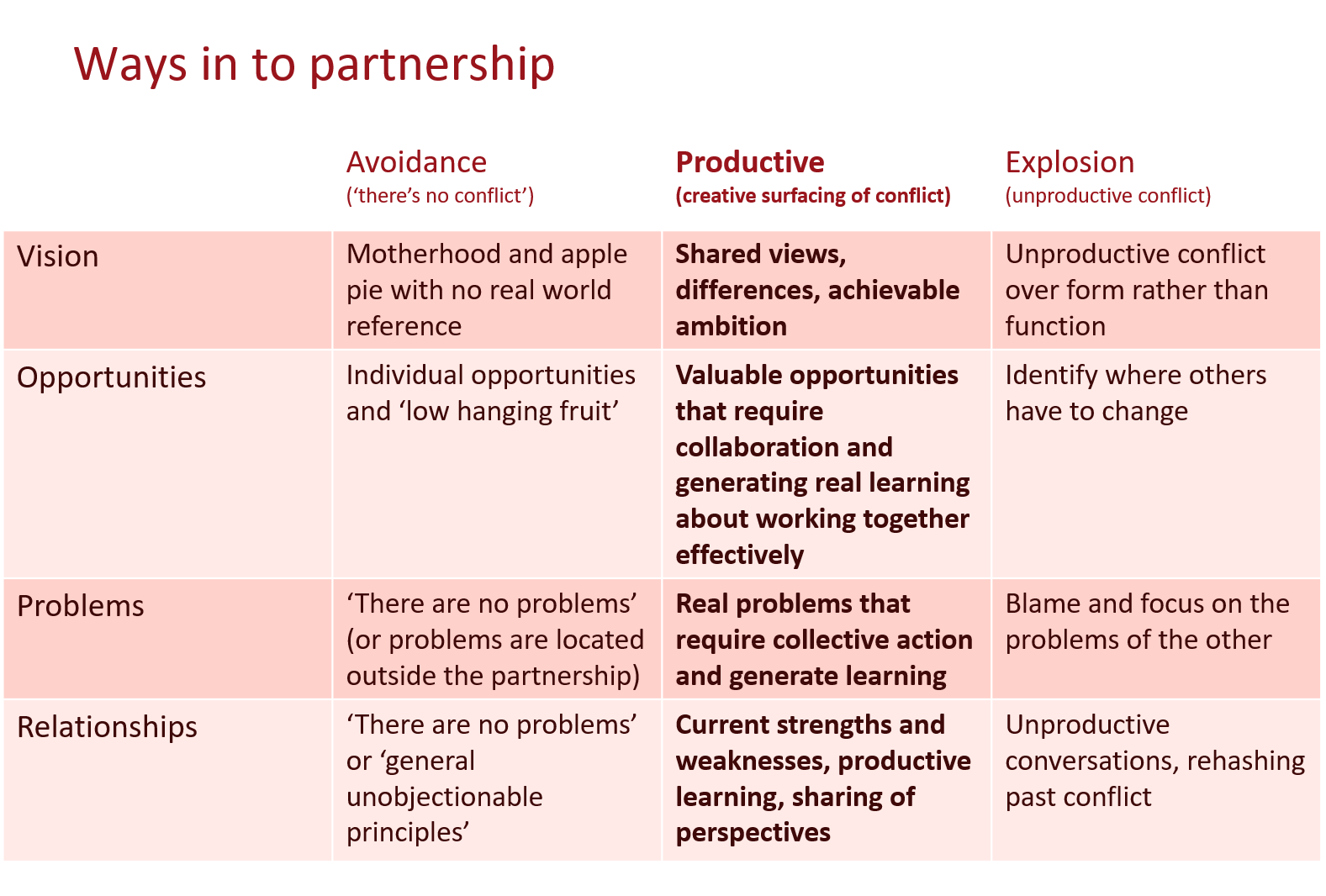
Some of my other favourites:
– the left hand column exercise – a way to surface thinking and emotions and have more productive conversations
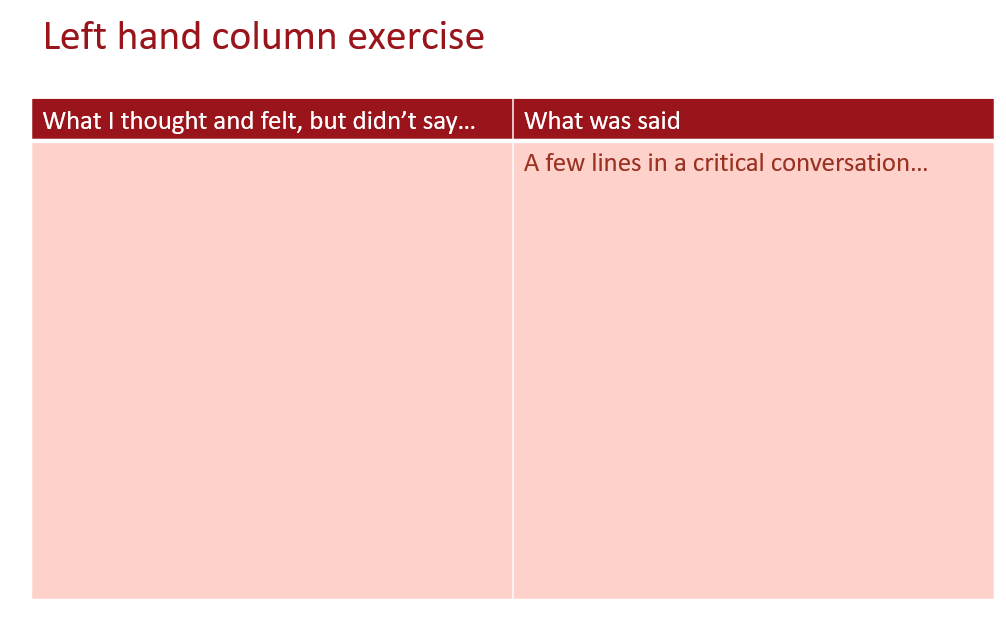
– seven ways to save and improve – a tool to really think through possibilities in service organisations
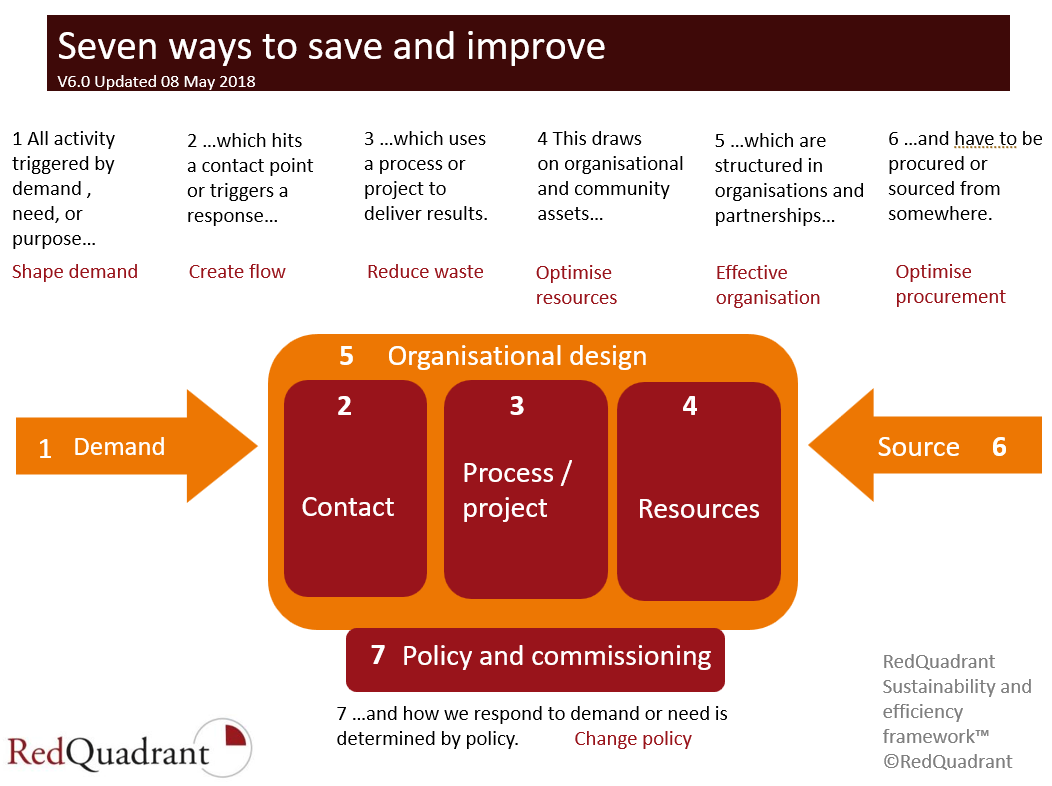
– the three box model for clarity – works for programmes, strategy, tasks, and roles

– CPORT task clarity
- context
- purpose
- outcome
- resources
- time
– the four dynamics for a robust, adaptive system
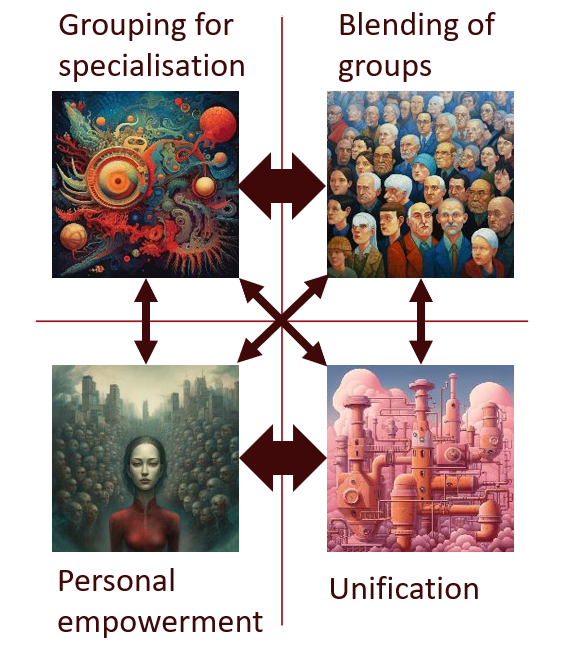
– the core, gut, moral emotions

– the five core practices for leadership
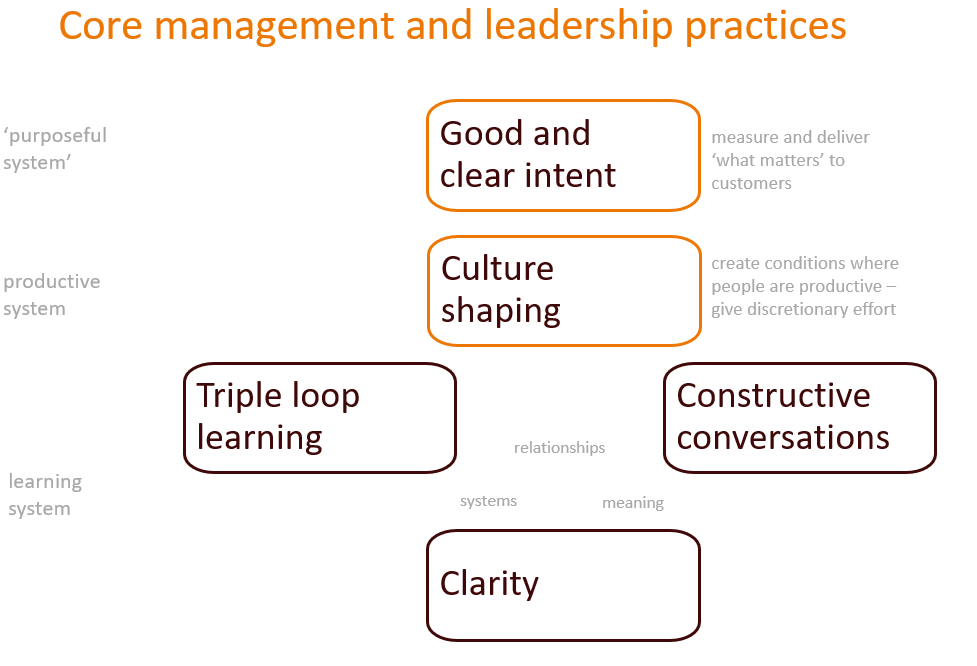
– the five worlds model

– the Viable Systems Model (seven parts interacting – people find this complex, but it turns out it takes eleven steps to wash your hands properly, so…)

– four quadrants of thinking threats
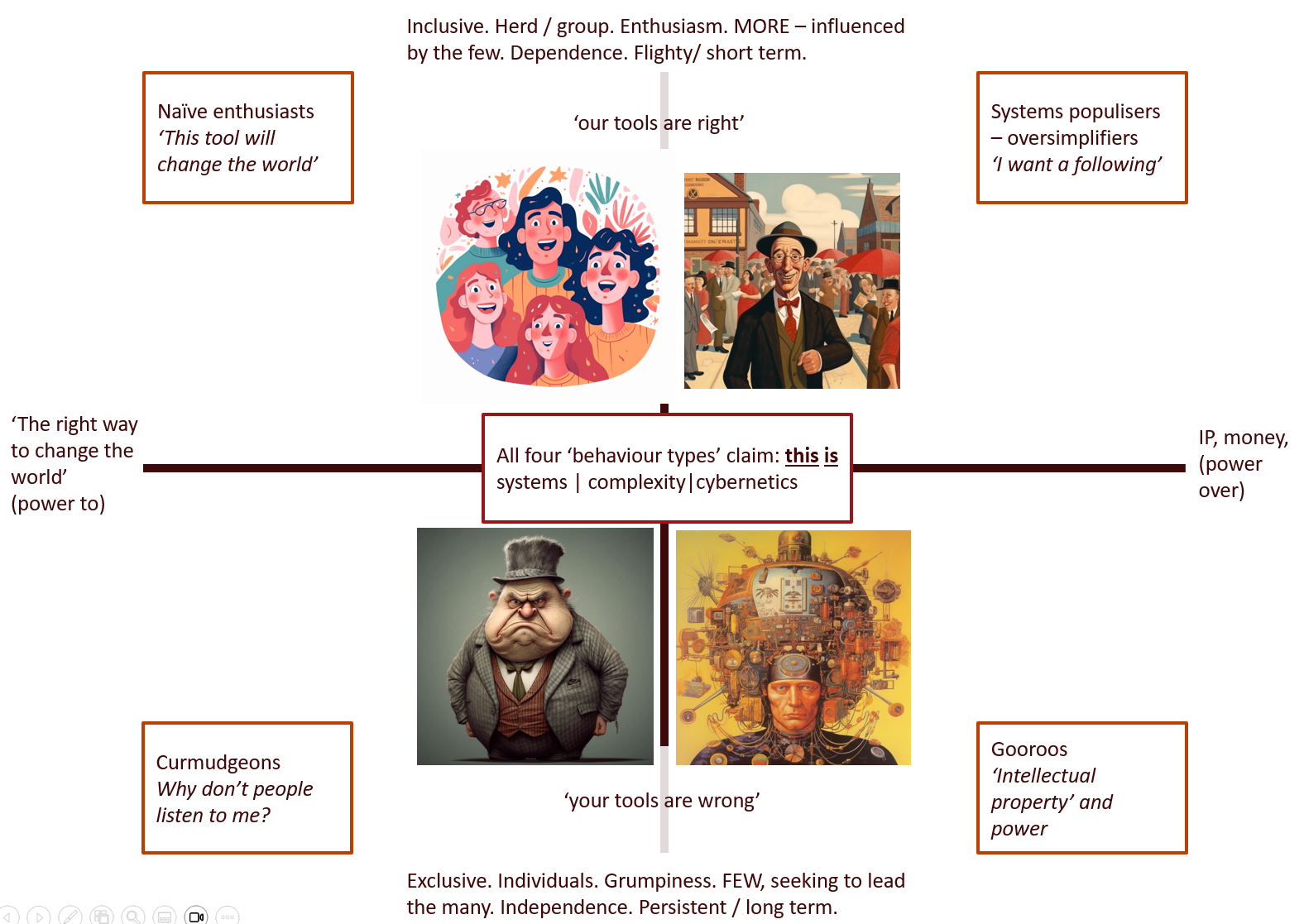
– Demand Analysis by core / opportunity / restorative / error and – the four-step cycle from demand to sensemaking to strategy to implementation at the front line (both from Stephen Parry)
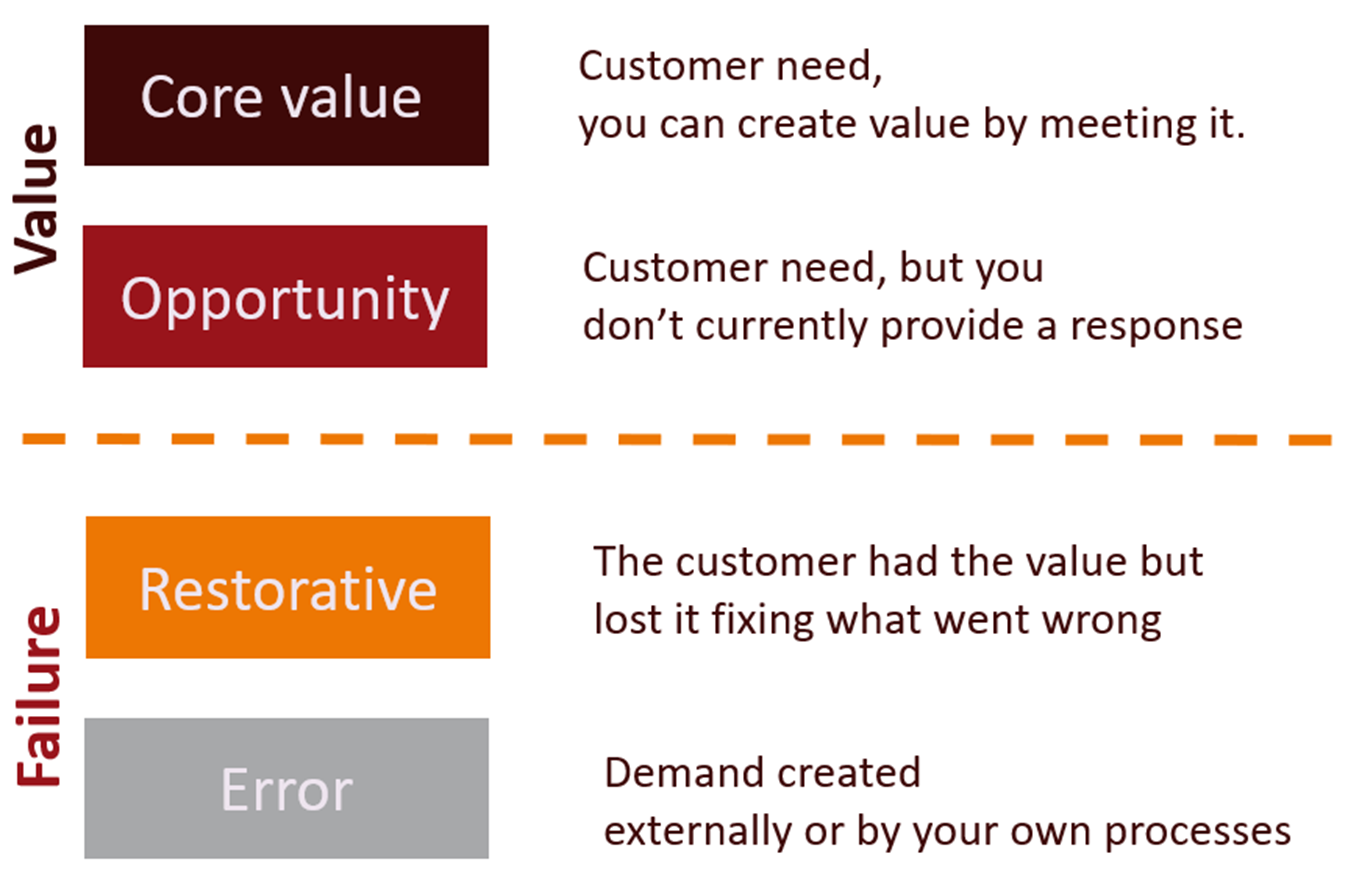
– analysis of responsibility / accountability / expertise / work for roles and processes
– six conversations for commitment
– the dynamics of divergence and convergence, and differentiation and integration
– the five spaces of organisational life, their pressures, the human instinctive responses, the familiar disempowering outcomes, and the possibility of better
– the flow and dance of the blue dot
– intervention priority sequencing in development work
– the Immunity to Change framework
– Three Horizons for the future (the Bill Sharpe version)
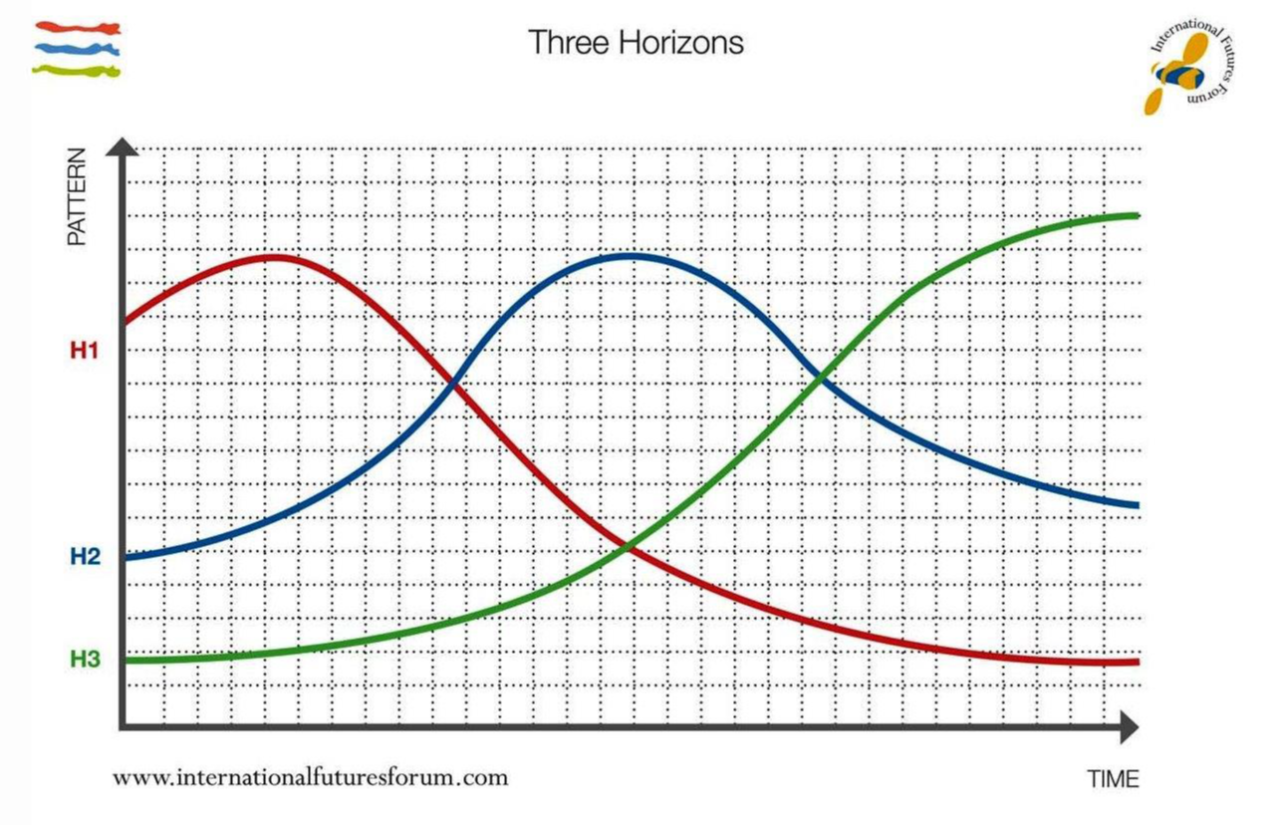
– the five critical project drivers
| Outcome Vision and benefits clearly identified and kept in focus. On time and on budget |
| Organisation Planned and documented, scope realistic, budget and risks managed, properly resourced |
| Engagement Managing expectations and stakeholders, communications planned and evaluated |
| Alignment To strategic/corporate goals, interdependencies and third parties managed |
| Motivation Enjoyable, high performing team, dynamic and allowing the potential for innovation |
– three questions for customer value
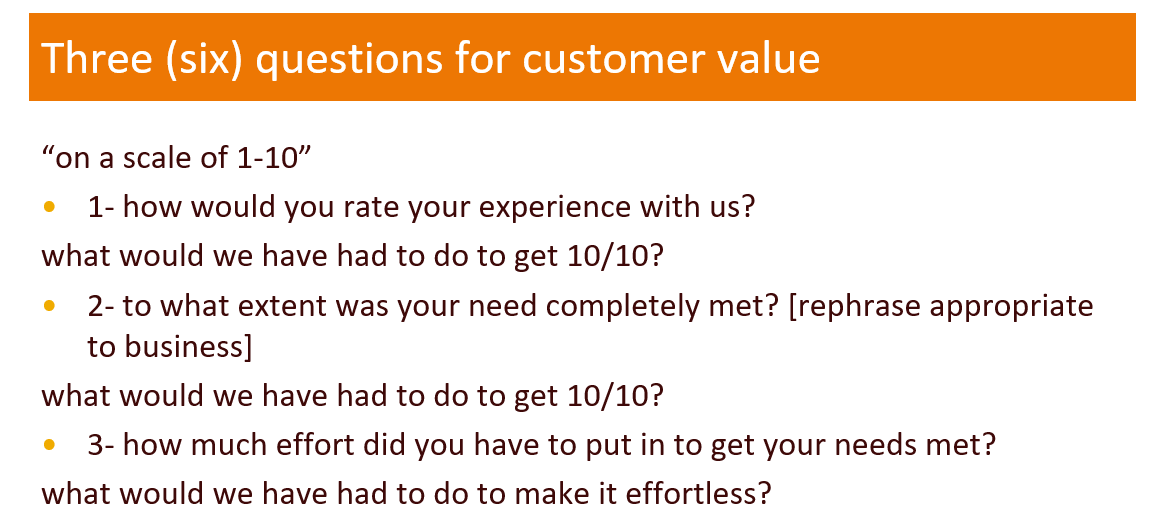
– seeing commissioning as a system
– ‘seven steps to heaven’ team-building problem-solve
– the VECIT change model
– the OODA loop
These are the basis of what I teach and we share in the RedQuadrant tool shed.
Each of these can be explained – at a useful level – in just a few minutes – and could be a productive lifetime of application.
What are your favourite useful simplifications?
One thought on “What does it all boil down to, for you, in organisations?”